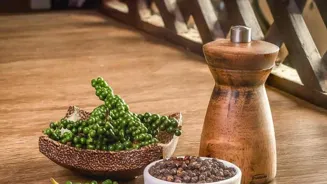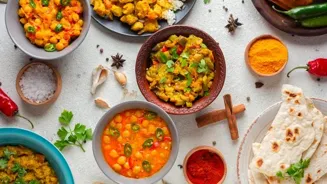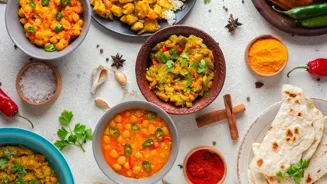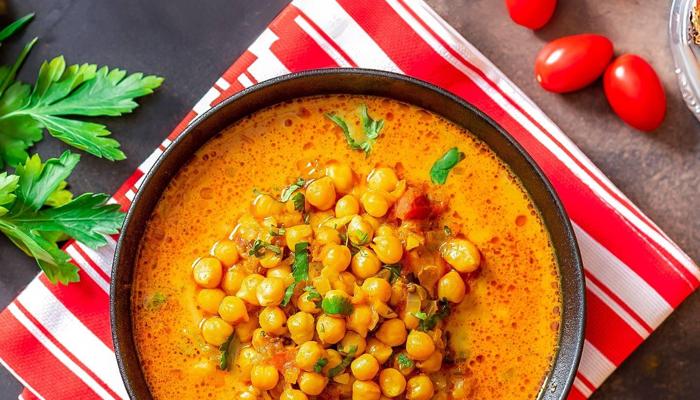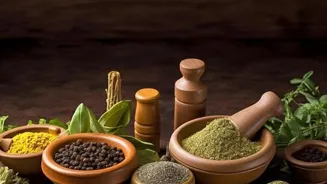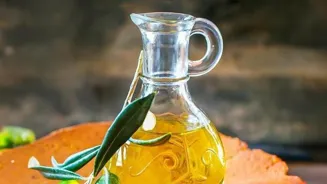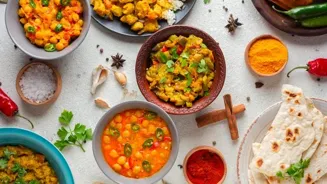Unlock the secrets to perfect dal by mastering the science of cooking lentils. Dive in to elevate your dal game!
For many Indian households, dal is more than just a food; it's a comfort, a tradition, and
a staple. But achieving that perfect bowl of dal – one that's creamy, flavorful, and cooked just right – can sometimes feel like a culinary challenge. Fear not!
Unlocking the secrets to perfect dal lies in understanding the science behind cooking lentils. Let’s explore some tips and techniques to elevate your dal game and ensure a delightful experience every time.
Choosing the right lentil for flavor and texture is key
Choosing the right lentil is the first crucial step. Each type boasts a unique flavour profile and cooking time. Toor dal, with its slightly nutty taste, becomes wonderfully soft when cooked.
Moong dal, known for its lightness and digestibility, cooks relatively quickly and is perfect for those seeking a dish that is easy on the stomach. Masoor dal, with its beautiful orange hue, creates a creamy and slightly sweet dal.
Urad dal, often used in dal makhani, lends a rich and almost buttery texture. Experiment with different types to discover your favorite or combine them for complex flavours. Consider the occasion and desired texture when selecting your lentil.
A quick weeknight meal might call for quick-cooking moong dal, while a special gathering could warrant the richness of urad dal. Knowing the characteristics of each lentil will significantly impact the final result.
Soaking lentils before cooking improves texture and digestibility
Before even thinking about putting the lentils on the flame, soaking them is very important. Soaking helps in a few ways. First, it rehydrates the lentils, making them cook faster and more evenly. Second, it can help remove some of the phytic acid, a compound that can inhibit nutrient absorption.
A general rule of thumb is to soak lentils for at least 30 minutes, but longer soaking times (up to a few hours) can further improve texture and digestibility. However, be mindful not to oversoak, as this can cause the lentils to become mushy.
After soaking, be sure to drain and rinse the lentils thoroughly before cooking. This removes any impurities and further reduces phytic acid. Some cooks even swear by discarding the soaking water altogether. Think twice before skipping this little step, it will result in a better dal.
Maintain ideal water-to-lentil ratio for perfect dal consistency
The water-to-lentil ratio is another critical factor influencing the outcome of your dal. Too little water, and the lentils will dry out and potentially burn. Too much water, and you'll end up with a watery, flavourless mess.
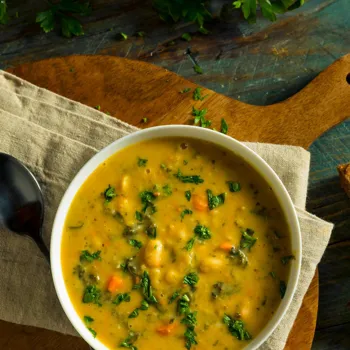
Start with a ratio of approximately 2:1 or 3:1 water to lentils, depending on the type of lentil and your desired consistency. You can always adjust the water level as the dal cooks, adding more if needed to maintain a creamy texture.
Using hot water or stock instead of cold water can also enhance the flavor and help the lentils cook more evenly. Keeping an eye on the dal and adjusting the liquid levels allows the user to adjust the consistency of the dal being cooked. This will ensure success and less chances of a failure.
Cook dal on stovetop, pressure cooker, or slow cooker for varied advantages in cooking
Now, let us talk about the cooking method. Dal can be cooked on the stovetop, in a pressure cooker, or even in a slow cooker. Each method offers unique advantages. Stovetop simmering allows for precise control over the cooking process and is ideal for developing complex flavours.
A pressure cooker significantly reduces cooking time but requires careful monitoring to prevent overcooking. A slow cooker is perfect for hands-off cooking, resulting in incredibly tender lentils.
When cooking on the stovetop, bring the lentils to a boil, then reduce the heat to low, cover, and simmer gently until the lentils are soft and creamy. Stir occasionally to prevent sticking. In a pressure cooker, follow the manufacturer's instructions, typically cooking for 2-3 whistles.
With a slow cooker, cook on low for 6-8 hours or on high for 3-4 hours. The choice of method really depends on available time and your preferred level of involvement in the cooking process.
Tempering transforms dal into a flavorful dish
The tempering, or tadka, is what elevates dal from simple lentils to a flavourful masterpiece. This involves heating oil or ghee in a small pan and adding spices like cumin seeds, mustard seeds, ginger, garlic, chillies, and asafoetida (hing).
Once the spices start to splutter and release their aromas, pour the sizzling tadka over the cooked dal. The hot oil infuses the dal with intense flavour, creating a delightful sensory experience. Experiment with different combinations of spices to create your signature tadka.
For example, adding a pinch of red chili powder can give the dal a spicy kick, while a sprig of curry leaves can add a fragrant note. Remember to add the tadka just before serving to preserve its aroma and flavour. Without a good tadka, the dal just feels plain.
Consider this as make up to give the lentils a great look.
Season dal with salt and spices for perfect flavor balance
Finally, seasoning with salt and other spices is crucial to bringing out the best in your dal. Add salt towards the end of the cooking process, as adding it too early can toughen the lentils.
Other spices, like turmeric, coriander powder, and garam masala, can be added during the cooking process to infuse the dal with flavour. Taste and adjust the seasonings as needed to achieve the perfect balance.
A squeeze of lemon juice or a sprinkle of fresh cilantro can also add a refreshing touch. Remember that the goal is to enhance the natural flavour of the lentils, not to overpower it. Adjusting and tasting during seasoning can decide if you will be able to complete cooking this dal.
Master the art of cooking lentils for perfect dal every time
By understanding the science behind cooking lentils and following these simple tips, you can consistently create delicious and satisfying dal that will impress your family and friends.

So, go ahead, experiment with different lentils, cooking methods, and spice combinations to discover your own perfect dal recipe. Happy cooking! This knowledge now resides with the user.
AI Generated Content. Glance/InMobi shall have no liability for the content